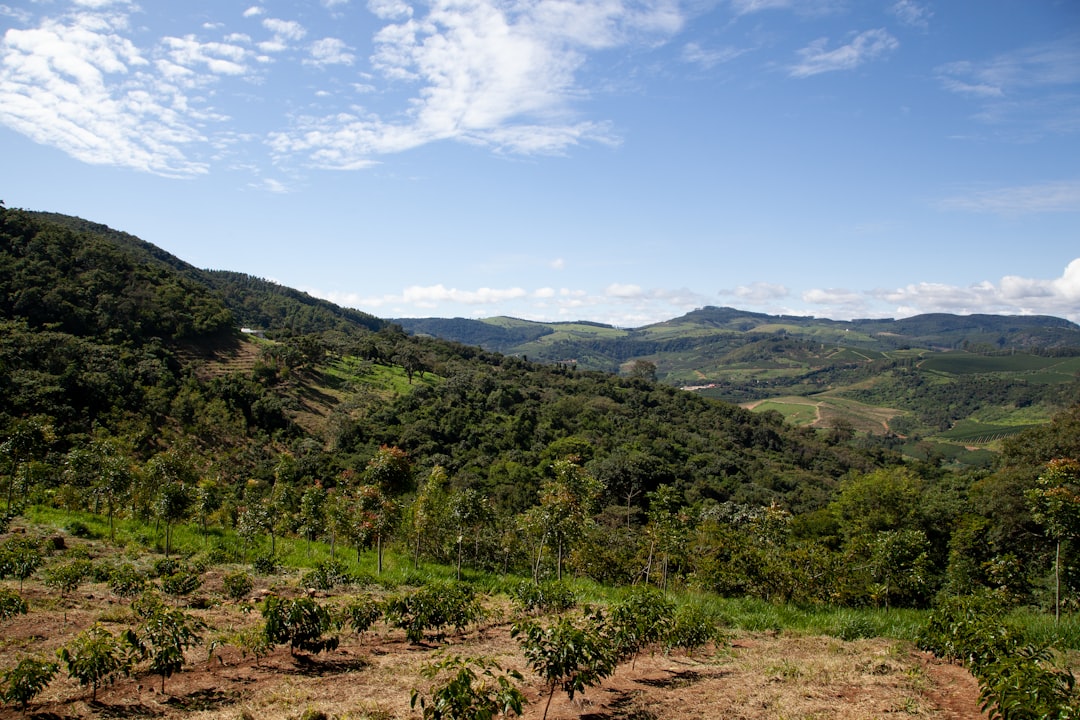What is it about?
Latin America has shown itself to be a fertile ground for the proliferation of surveillance cameras, especially in retail and in small-scale private security (homes, condominiums, shopping malls, etc.). In a study carried out in Brazil and Mexico and funded by the International Development Research Centre (IDRC), various aspects of the use of surveillance technologies were mapped and described, focusing on existing legislation, related studies, research centers, current technologies and the market. In this article we present some of the results of this research as they relate to the proliferation of video surveillance in Brazil. The Brazilian market for video surveillance, which has grown steadily since the 1980s, is now booming, reflecting the growing interest this technology holds for the (property and personal) security market as well as the real estate market. Over the past 30 years, this interest centered on public areas with large numbers of people, such as parks, squares, and major commercial streets, or private spaces such as shopping malls, sports centers, and event centers. However, in recent years there has been an expansion in the security market as a result of the gentrification of large residential areas in medium-sized cities and metropolitan regions in Brazil. A consequence of these developments in the real estate market has been, indirectly, a growth in the use of CCTV systems as crime- and violence-prevention tools by small, medium-sized, and large private security companies targeting all social classes. In this study, we highlight the following aspects of video surveillance in Brazil: regulation of the use and proliferation of CCTV; involvement of the scientific community through debate and academic training; and the technologies used in electronic surveillance as a response to a growing demand by the urban security and real estate markets.
Featured Image
Why is it important?
This kind of study is important to help us understand three main aspects of surveillance and security technologies in Brazil and Latin America: the absence of specific legislation regulating how these systems are used; the limited scope of the debate about the deployment of surveillance technology and the implications of its widespread use; and a growing atmosphere of urban fear that affects the way people live in and move around large and medium-sized cities.
Read the Original
This page is a summary of: Fear, Security, and the Spread of CCTV in Brazilian Cities: Legislation, Debate, and the Market, Journal of Urban Technology, July 2013, Taylor & Francis,
DOI: 10.1080/10630732.2013.809221.
You can read the full text:
Contributors
The following have contributed to this page










